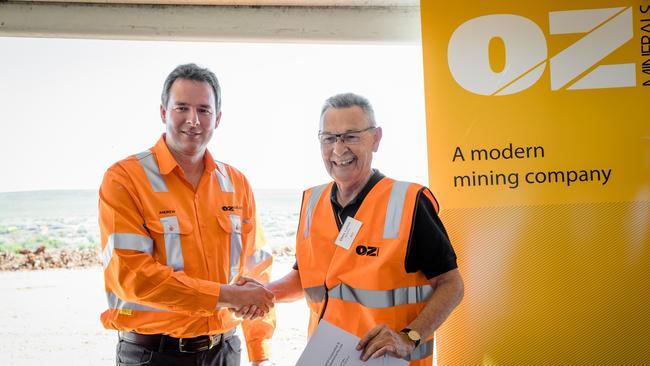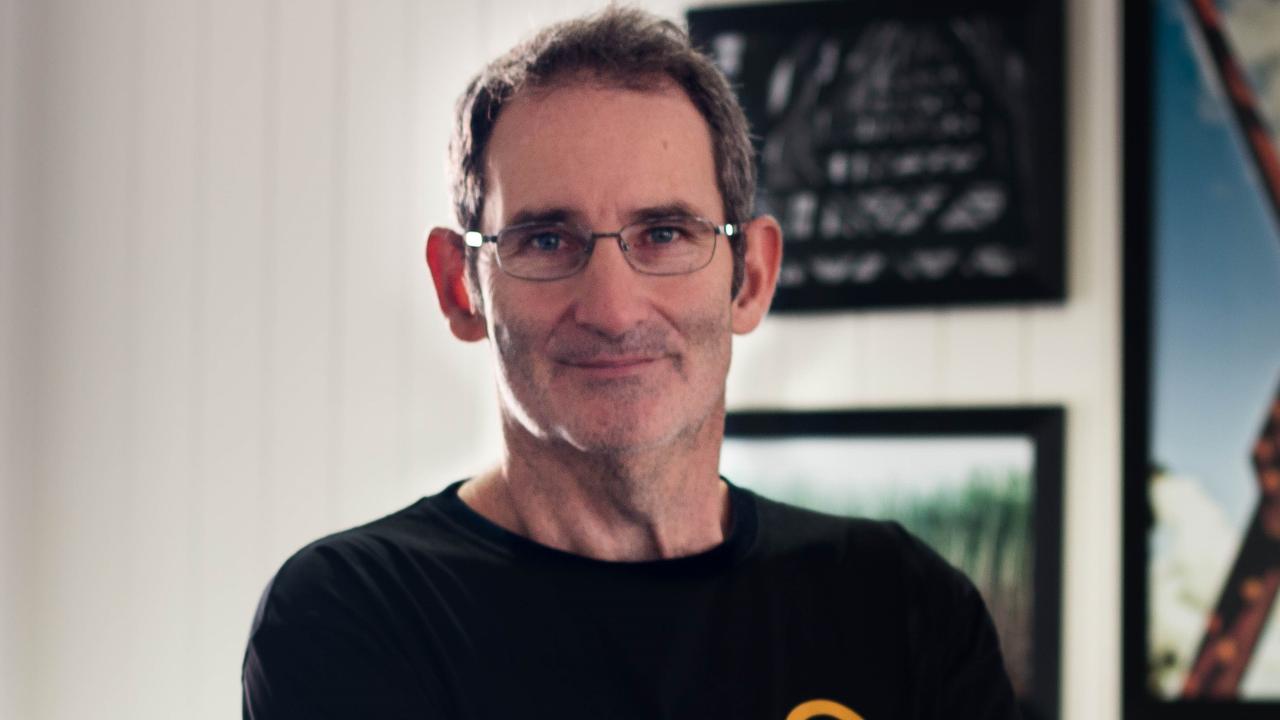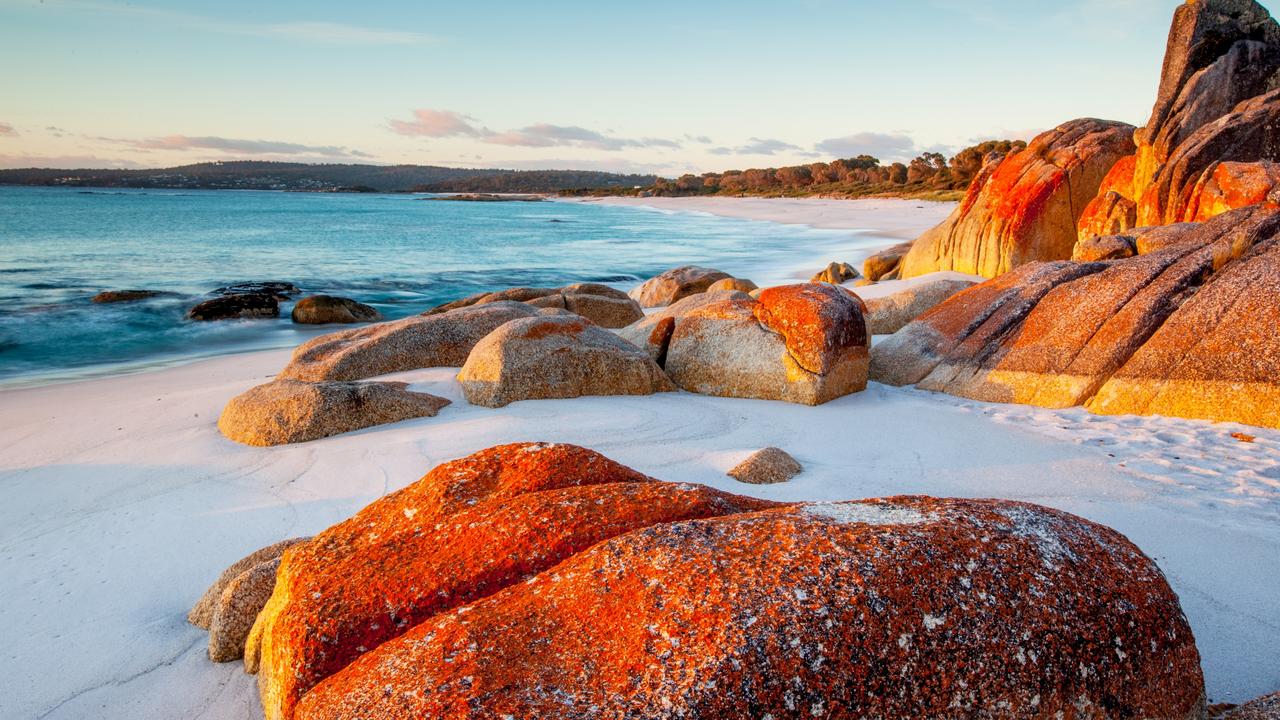
BHP and Rio Tinto have been watching with both fascination and envy at the brilliance of Andrew Cole in developing a small miner, OZ Minerals, into a significant Australian and Brazilian copper resource centre.
For Rio Tinto it was especially frustrating because Andrew Cole was a clear candidate to become chief executive of Rio Tinto, to replace the great Australian Sam Walsh. But the Londoners at Rio Tinto’s St James Square at that time often found Australians like Walsh difficult to handle.
So when Jean-Sebastien Dominique Francois Jacques joined Rio Tinto in 2011 to become head of Rio’s copper and coal businesses, it was clear he was on a promise and therefore the front runner to replace Walsh. He had the right pedigree to fit nicely into the St James Square culture.
Yet the Australian Cole had spent 22 years with Rio Tinto in a wide array of posts, including chief operating officer of iron and titanium, based in Canada, CEO of the Rio Tinto-Chinalco Exploration joint venture, general manager of operations at Rio Tinto Coal Australia and mining executive for diamonds. Three years after the Jacques appointment Cole left his Canadian post for OZ Minerals. Had St James Square appointed Coles CEO of Rio Tinto, it would be a very different company today.
Many at Rio Tinto believed Coles to be in the same mould as the Australians who built the Conzinc Riotinto of Australia empire – people like Maurice Mawby, Russel Madigan and Frank Espie. That empire is now a foundation stone of Rio Tinto.
Jacques never really fully related to Australian mining and resigned after Rio Tinto’s destruction of Juukan Gorge and its evidence of 46,000 years of continuous human occupation.
For BHP, the success of Cole in developing South Australian copper triggered a different frustration than Rio Tinto’s. When BHP bought Western Mining back in 2005 it was acquiring the world’s largest undeveloped copper deposit at Olympic Dam, also in South Australia.
BHP’s original plan was to create a vast open pit to mine the low-grade copper. This plan was put on hold after a CEO change. There was also a significant problem at Olympic Dam that BHP had not recognised when it acquired WMC.
The original small mine at Olympic Dam treated material in a smelter. BHP did not want to vastly expand the conventional smelter operation to treat much greater output. That limited its options to develop Olympic Dam. One option was to move a concentrate of copper and uranium by rail to Darwin and then ship it to a smelter in China. Another was to simply ship the concentrate from South Australia. The options proved to be difficult.
A better alternative seemed to be to leach the Olympic Dam material in Australia and separate the copper and uranium. The company announced it was working hard on the technology but it did not achieve success. It is still optimistic that over time it will succeed in this endeavour.
In the meantime, it expanded the Olympic Dam underground mine and made the operation far more efficient.
But the great dream of developing one of the world’s great copper and uranium mines remained frustratingly dormant. Meanwhile, elsewhere in South Australia, they watched Andrew Cole doing exactly what BHP, in hindsight, should have been doing.
With BHP’s $8.4bn OZ Minerals bid it seems that BHP has recognised that the Olympic Dam solution will take time and there is a looming copper boom to take advantage of.
In April this year OZ Minerals recruited Bryan Quinn – a former senior BHP executive who had managed its technology program, the manganese division and several South American assets. It was part of Cole’s move to widen OZ Minerals’ executive strength to manage major future growth.
BHP is loaded with cash. It made an initial bid of $25 a share, presumably realising this was an opening gambit because OZ Minerals shares were higher than $25 at the beginning of the year.
The bid will determine whether there are other bidders, such as Rio Tinto, which might want to join an auction.
And there is there is also another historical irony about OZ Minerals, which was created by the merger of Zinifex and Oxiana. Zinifex was created out of the assets of Pasminco, which had fallen into receivership some years after it was spun off from Rio Tinto.
The Chinese company Minmetals bought most of the OZ Minerals assets in 2009 but was not allowed by thae government to buy the Prominent Hill copper deposit because it was too close to the Woomera rocket range.
It was that Prominent Hill copper deposit that became the base that enabled Cole to convert the company into an enterprise that BHP is anxious to buy.





